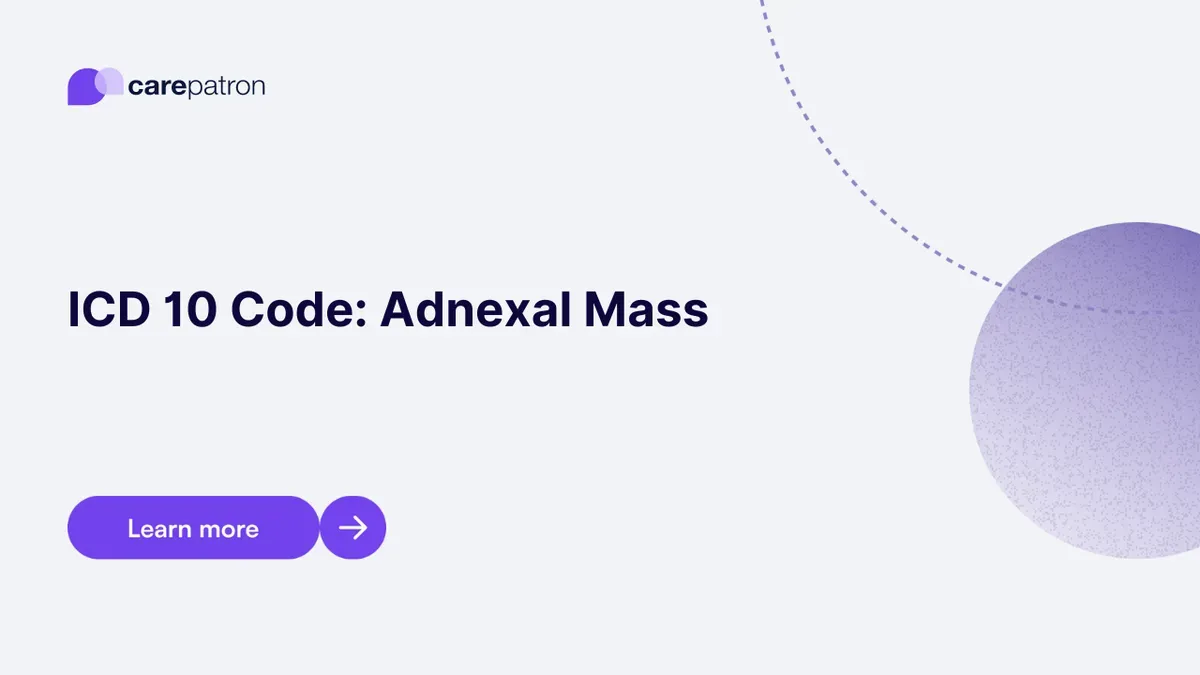
Adnexal Mass ICD-10-CM Codes
Discover the relevant ICD-10 Codes Used for Adnexal Mass diagnosis. Ensure accurate medical coding and billing with this comprehensive list.
Use Code
EHR and practice management software
Get started for free
*No credit card required
Free
$0/usd
Unlimited clients
Telehealth
1GB of storage
Client portal text
Automated billing and online payments
